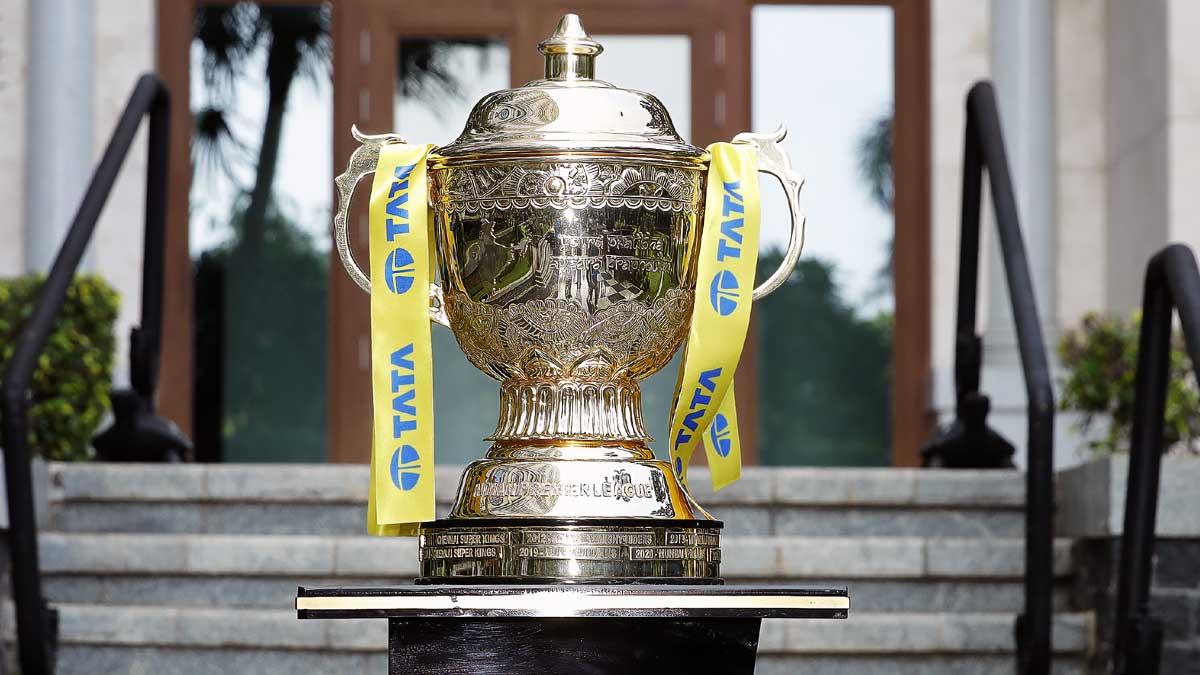As the ICC reviews the Duckworth-Lewis (D/L) method, it has invited V Jayadevan to Hong Kong on June 27 to present his VJD formula for rain-interrupted ODI matches. Srinivas Bhogle discusses the two formulas.
Why are we revisiting this question? Haven't we talked of this before?
Yes, right here on Rediff some six years ago. But it appears that the ICC has decided to review the Duckworth-Lewis (D/L) and Jayadevan (VJD) rain rules again. And this time they've invited Jayadevan to Hong Kong on June 27 to present his VJD method.
What's changed in these past six years?
The big change is that both D/L and VJD methods are now computer-based. You key in all the relevant match details, and the computer tells you what the revised target is. It is no longer simple back-of-the-envelope stuff.
The other change is that T20 cricket has come along in a big way. So ICC now has to worry both about ODI and T20 interruptions. All these days we've tried to pretend that T20 is just an ODI match in which both teams lose 30 overs each. But it looks as though T20 is a very different sort of animal.
How good are the D/L and VJD targets in T20?
Currently both D/L and VJD set very similar targets, and both need improvement. But VJD will find it easier to adapt to T20 than D/L because of the way it is architected.
Why is that? Why is D/L seemingly struggling with T20?
I'll give you an informal answer. I think D/L is too tightly 'stitched together', and lacks the flexibility to migrate to T20; VJD is more heuristic and will therefore find the T20 migration easier.
But let's return to ODI. Can we agree that D/L now does a good job in ODIs?
Oh, there's no question about that. The D/L Professional Edition is now stable and respected for ODIs. But the question they'll ask at Hong Kong is: does D/L's Professional Edition do a better job than VJD's computer-based edition? All comparisons I've seen or made tell me that VJD would perform just as well, if not better. Sadly, VJD has never been offered the chance to prove itself in the real international cricket arena.
I just heard you say that VJD can do even better than D/L. Can you give me a concrete example?
Ok, here's a concrete example. Let me be honest and declare that I got this example from Jayadevan. Let me be even more honest and declare that this is a fabricated example. Imagine three ODI situations where Team 1 has respectively reached 56/0, 62/0 and 67/0 in 20 overs when it starts raining heavily. Team 1's innings is terminated and Team 2 must be set a target in 20 overs. VJD sets targets respectively of 116, 124 and 130 for Team 2, while the corresponding D/L targets are apparently 148, 147 and 148.
These D/L targets worry me on three counts. First, asking Team 2 to score 148 in 20 overs to win in response to Team 1's 56/0 in 20 overs appears unacceptably high. Second, why should Team 2's target go down by a run when Team 1 has scored 6 runs more? Third, why does Team 2's target remains unchanged at 148 even though Team 1 has scored 11 runs more. This appears to be a serious inconsistency.
But surely the D/L method is fully validated now?
Yes, I have no doubt that the D/L algorithm is impeccable. That's why this inconsistency is almost certainly because the D/L software is misbehaving (Jayadevan created this example using D/L's Wincoda 2.0). Jayadevan too agrees that the software is the likely culprit, but he then makes an important observation: once ICC allows the use of software to reset targets, it is the software that must face the examination, not the algorithm!
That's well put!
Oh, Jayadevan's clever to be sure. He has the engineer's instinct. He's not unduly in love with mathematical models having beautiful continuity properties. He says he's only looking for ways to get better and more realistic targets. He says he's done his job if he gives the most realistic target almost every time.
But how does ICC judge this? Do they have some criteria to compare the rival rain rules?
ICC has stipulated seven criteria:
A| Reasonability of adjusted targets under a wide range of match scenarios
B| Consistency between sequential targets following multiple interruptions
C| A suitable method for describing the result of an interrupted match
D| Compatibility with current or prospective playing regulations,
E| Usability of calculations routines required to generate adjusted targets
F| Practical impact on a match in progress and
G| Overall mathematical robustness of the underlying theory and formulae.
Can you restate them in layman's terms?
ICC's saying the targets must be fair in all situations (that's A); shouldn't turn wonky if they are reset again and again (that's B); should work even if we fiddle with rules, e.g., by introducing power plays (D); computers mustn't crash, hang, freeze or misbehave (E); and software shouldn't unduly delay the match by confusing umpires and scorers (F).
I notice that you omitted C and G?
The criterion C is satisfied if you use the concept of a par score (first introduced by D/L) that allows you to describe the margin of every ODI victory in terms of runs. But VJD too uses par scores; so this criterion won't influence the contest.
I suspect that G, which is saying "don't cook up your numbers and tables", has been put in to favour D/L. When Jayadevan's method was rejected in 2004, the expert had questioned its 'mathematical robustness'. Perhaps they could beat VJD with the same stick this time too.
To me it is actually a big advantage that the VJD method is heuristic, i.e. based on intelligent use of the trial-and-error method. D/L must be discovering that their mathematical equations are now becoming a beastly burden, especially when they try to use them for T20 situations.
So what's our final verdict?
See the table below.
|
A |
Reasonability of adjusted targets under a wide range of match scenarios |
VJD has a slight edge over D/L, although the Professional Edition has narrowed gap in ODIs. |
|
B |
Consistency between sequential targets following multiple interruptions |
D/L has the edge, especially for interruptions in Team 2 innings; this is where their beautiful mathematical model helps! For multiple Team 1 interruptions, however, D/L might struggle. |
|
C |
A suitable method for describing the result of an interrupted match |
Both D/L and VJD use par scores. So it's a draw |
|
D |
Compatibility with current or prospective playing regulations |
Big advantage for VJD, because the model already accommodates the first two power plays, and has instruments to respond to later power plays. Also I see VJD's T20 version doing better than D/L's version â even though neither might be the best. |
|
E |
Usability of calculations routines required to generate adjusted targets |
A draw! D/L might claim a win because they have the Windows-based Wincoda. In reality, Wincoda 2.0, with its possible bugs, fares worse than D/L's excellent DOS-based Coda 7 versions. VJD's software is DOS-based, but it does the job impeccably (VJD has no money to develop a Windows version!). |
|
F |
Practical impact on a match in progress |
Incumbent advantage for D/L; the idea of a par score has sunk in. Many scoreboards routinely display the par score, and it does create greater awareness of the state of the match. |
|
G |
Overall mathematical robustness of the underlying theory and formulae |
It eventually boils down to ensuring that resource percentages diminish monotonically in unison with the 'balls remaining' and 'wickets remaining'. Both D/L and VJD satisfy this condition. If D/L question the validity of VJD's statistical regression fit, we could also ask D/L: what's so sacred about a parametric model? |
I saw your table. But it seems like a lot of technical mumbo-jumbo. Just tell me who wins?
It would obviously depend on what sort of importance or weight one attaches to each criterion. But there's no doubt that A. is the most important criterion, and here VJD has the edge. Remember too that both D/L and VJD have been intensely studied for a decade; so if there was something horribly wrong someone would surely have found it out by now. So worries about consistency and robustness are now less of a concern. That's why my vote is again for VJD.
We've spent a dozen years with D/L without ever being entirely satisfied. It's now time to give the VJD method a chance.











 © 2025
© 2025